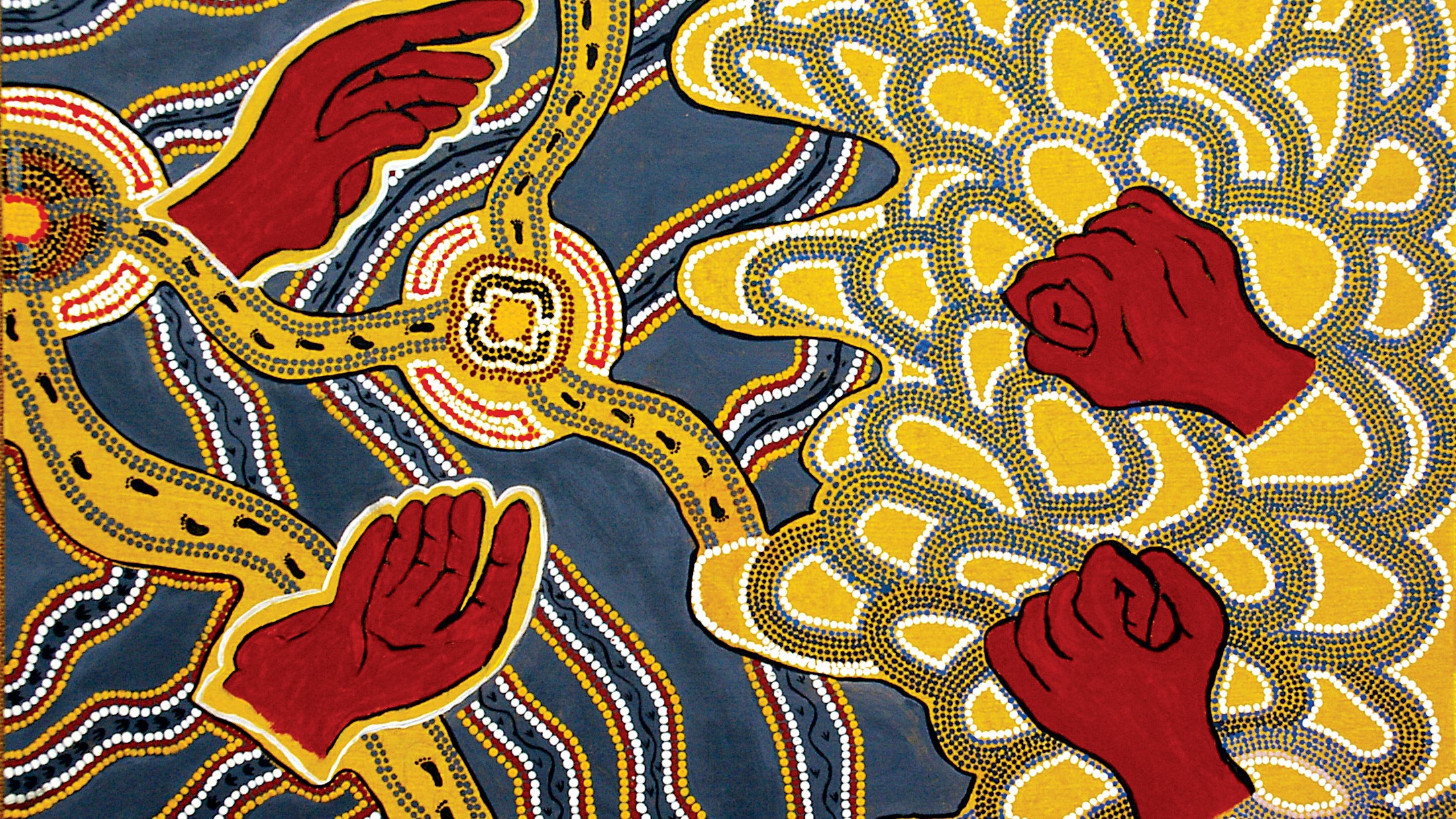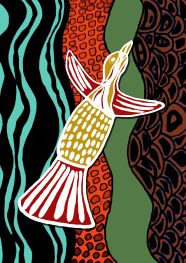
2022 Seminars
Loading...
Presentation Type
Presentation
Location
The University of Notre Dame Australia, Broome Campus, NDB8 The Kailis Room, Library building
Start Date
12-10-2022 12:30 PM
End Date
12-10-2022 1:30 PM
Description
Ngalu and Siobhan will talk about the invisibility of Aboriginal languages in the Kimberley from two different perspectives.
For Ngalu the effect of language is internal and so invisible, especially to those outside Aboriginal communities. This has made it difficult to express what is needed to keep their languages spoken. How do you give evidence of an invisible impact? What is being missed out for Aboriginal people when languages are not used?
As non-Aboriginal people became progressively involved in the work of continuing Aboriginal languages, documenting in written form became a method of choice. Written resources can make languages visible, but what is the impact on keeping the spoken word alive? Siobhan will provide some examples of the problems of accessing, creating or using written resources. She suggests that until the creation of written material is in the control of Aboriginal people from beginning to end it can be a barrier to successful language continuation.
Recommended Citation
Bedford, Patsy and Casson, Siobhan, "‘The Invisible Languages’" (2022). Talking Heads Seminar Series. 11.
https://researchonline.nd.edu.au/nulungu_talkingheads/2022/schedule/11
‘The Invisible Languages’
The University of Notre Dame Australia, Broome Campus, NDB8 The Kailis Room, Library building
Ngalu and Siobhan will talk about the invisibility of Aboriginal languages in the Kimberley from two different perspectives.
For Ngalu the effect of language is internal and so invisible, especially to those outside Aboriginal communities. This has made it difficult to express what is needed to keep their languages spoken. How do you give evidence of an invisible impact? What is being missed out for Aboriginal people when languages are not used?
As non-Aboriginal people became progressively involved in the work of continuing Aboriginal languages, documenting in written form became a method of choice. Written resources can make languages visible, but what is the impact on keeping the spoken word alive? Siobhan will provide some examples of the problems of accessing, creating or using written resources. She suggests that until the creation of written material is in the control of Aboriginal people from beginning to end it can be a barrier to successful language continuation.




